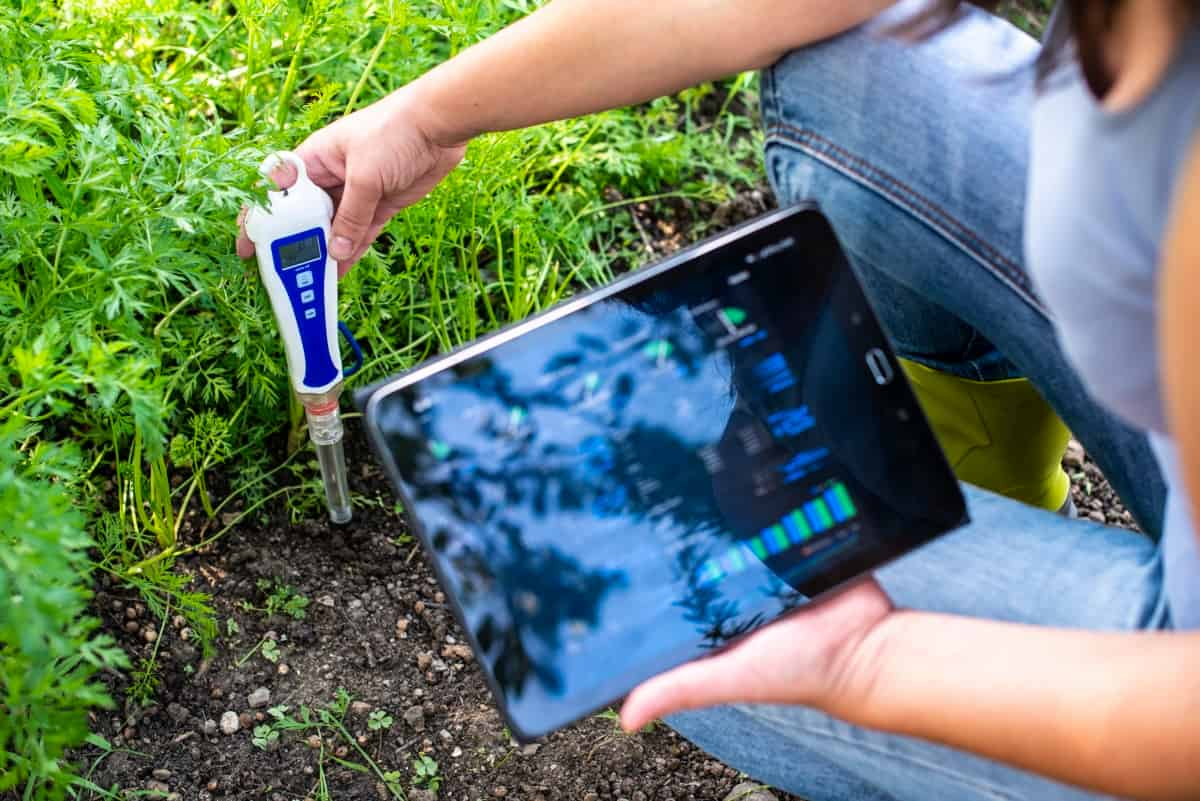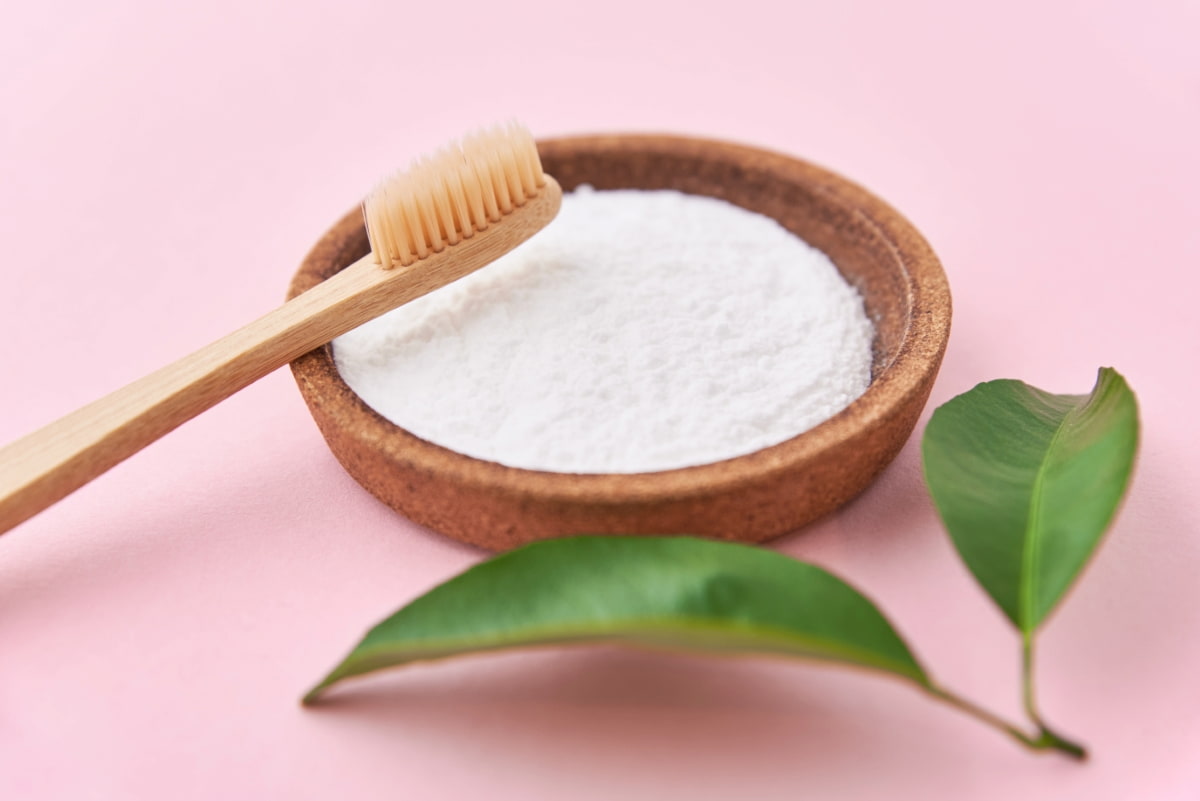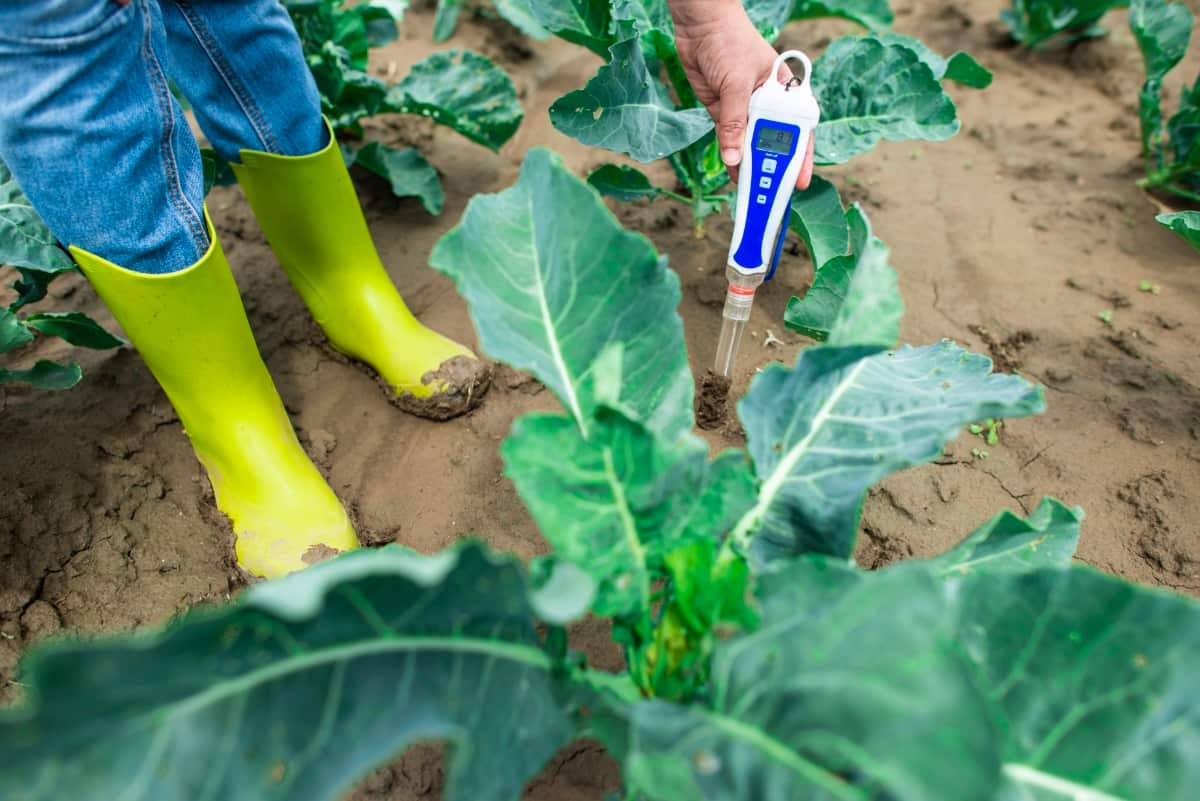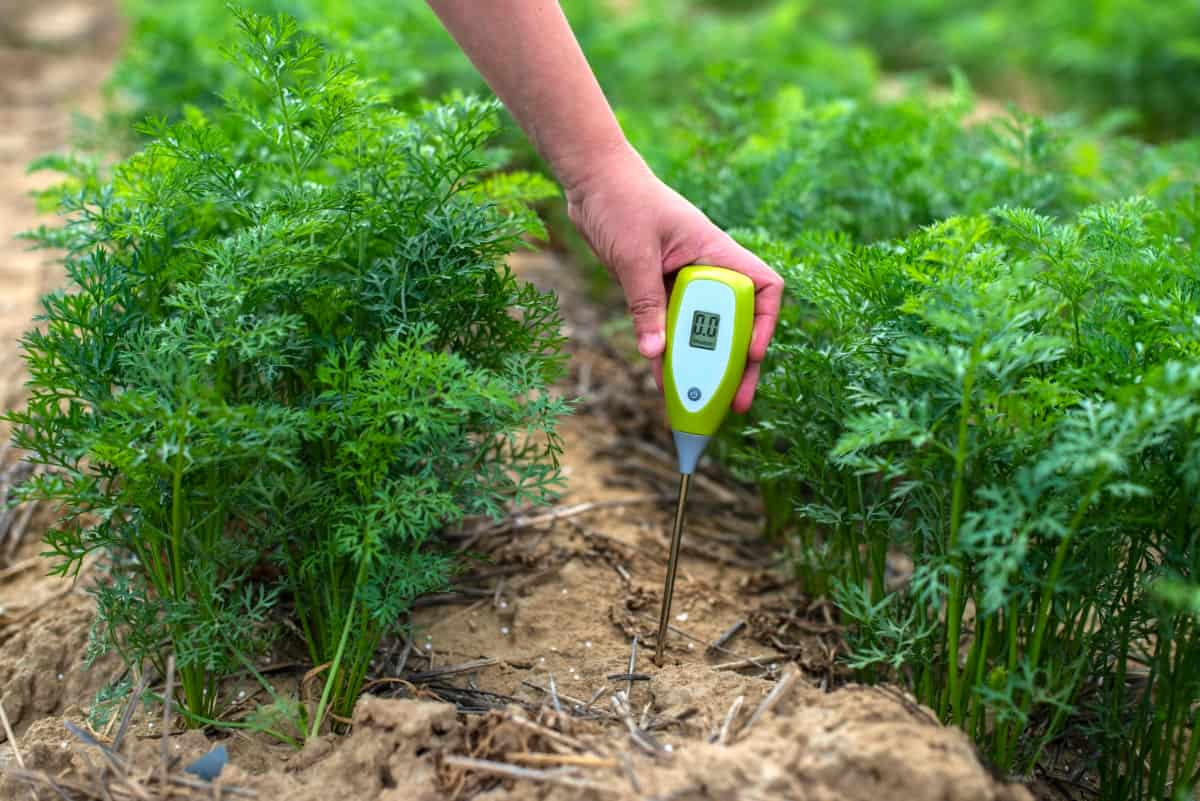Balancing soil pH is a fundamental aspect of gardening that can significantly impact plant health and growth. This article explores how to use baking soda, a safe and accessible household item, to adjust and maintain the ideal pH levels in soil.

How to Balance Soil pH with Baking Soda
Understanding Soil pH and Its Importance in Gardening
Soil pH is a critical factor for plant growth as it indicates the acidity or alkalinity of the soil. While most plants flourish within a pH range of 6 to 7.5, certain species may have more specific requirements. If your soil’s pH falls below 6, indicating excessive acidity, you may need to consider methods, such as using baking soda, to adjust and balance the soil pH.
For gardeners figuring out how to raise soil pH from 5 to 7 or how to raise soil pH in potted plants, it’s essential to know how much baking soda to raise pH in soil or how to increase pH in soil naturally. Farmers often face the challenge of how to raise the pH in soil fast, especially in large-scale cultivation, and they have various techniques on how farmers adjust the pH of soils, including using lime. However, if you’re looking for how to raise soil pH without lime, baking soda can be a handy option.
The Role of Baking Soda in Balancing Soil pH Levels
Baking soda, a common kitchen ingredient, can play a surprising role in your garden. It’s a natural and cost-effective way to raise the pH of the soil, making it less acidic. For gardeners searching for how to increase pH in soil naturally, using baking soda is a good choice. It’s especially useful for how to raise soil pH in potted plants, where the controlled environment allows for careful pH management.
Knowing how much baking soda to raise pH in the soil is key, as over-application can lead to an imbalance. Baking soda is less potent than industrial pH adjustments, making it safer for home use. It can be a part of how to raise pH in soil fast, although patience is always recommended when altering soil chemistry.
Step-By-Step Guide to Test Soil pH Using Baking Soda
Before adjusting your soil’s pH, it’s important to test it. Here’s a simple method: Take a soil sample from your garden and split it into two parts. To one part, add half a cup of vinegar. If it fizzes, your soil is alkaline. To the other part, add distilled water to make a muddy mix and then sprinkle baking soda on top. If it fizzes, you have acidic soil. This test gives you a rough idea of your soil’s pH, indicating whether you need to make adjustments. If the soil is acidic, you’ll know how to balance soil pH with baking soda.
In case you missed it: How to Raise and Lower the Soil pH: Natural and Organic Amendments for Balancing Soil Acidity or Alkalinity

Factors Affecting Soil pH and the Need for Balancing
Several factors can affect soil pH, including rainfall, the decomposition of organic material, and the type of soil. Sandy soils typically exhibit acidity, whereas clay soils may lean towards alkalinity. The use of fertilizers can also influence soil pH over time. Understanding these factors is important because they can lead to a pH not optimal for plant growth. If the pH level of your soil is imbalanced, understanding how to adjust it using baking soda can promote a more favorable growth environment for your plants.
Identifying Acidic or Alkaline Soil Conditions in Your Garden
To identify if your soil is acidic or alkaline without a commercial test kit, you can use indicators from your garden. Plants like hydrangeas can show you the pH of your soil through the color of their flowers. Blue flowers generally indicate acidic soil, while pink flowers suggest an alkaline medium. Additionally, if you see that plants known to prefer acidic conditions, like azaleas, are thriving while others are struggling, it may be a sign your soil is on the acidic side.
The Science Behind Baking Soda’s Effect on Soil pH
Baking soda, or sodium bicarbonate, is alkaline with a pH of around 8.4. When mixed with soil, it raises the pH level, reducing acidity. When baking soda is introduced to soil, it undergoes a reaction that neutralizes the surplus of hydrogen ions commonly found in acidic soils. By decreasing these ions, the soil becomes less acidic. For those wondering how to raise soil pH from 5 to 7 or how to increase pH in soil naturally, baking soda can be a gentle and effective option.
Correcting Acidic Soil with Baking Soda: Dos and Don’ts
When correcting acidic soil with baking soda, start with a soil test to determine how much you need to adjust the pH. Don’t apply baking soda without testing; too much can harm your plants. To raise soil pH in potted plants, lightly sprinkle baking soda over the soil and then water it.
In case you missed it: Trees and Shrubs Garden Soil pH Chart: Optimal Values for Different Trees and Shrubs

If you’re managing a larger garden and need to know how to raise the pH in the soil fast, you can dissolve baking soda in water and spread it evenly over the soil. It’s essential not to overdo it; apply small amounts and retest the pH before adding more. Remember that baking soda is a temporary solution, and for long-term pH management, you may need to consider other amendments.
Balancing Soil pH for Optimal Plant Growth and Nutrient Uptake
Balancing soil pH is crucial for the optimal growth of plants and efficient nutrient uptake. Plants need certain pH levels to access the nutrients in the soil. When soil pH is balanced, nutrients like nitrogen, phosphorus, and potassium are more available to plants, leading to healthier growth.
Insufficient pH levels may result in elevated concentrations of specific elements like aluminum, which can be toxic and impede plant growth. Understanding how to balance soil pH with baking soda is particularly useful because it’s a gentle amendment that can help avoid the sharp pH changes that might stress plants. By carefully adjusting the pH, gardeners can ensure their plants get the full benefit of the soil’s nutrients.
Alternative Methods for Adjusting Soil pH Using Baking Soda
Aside from directly applying baking soda, alternative methods exist to adjust soil pH. One method is to create a baking soda spray by dissolving baking soda in water and spraying it onto the foliage of plants. This can help when figuring out how to raise soil pH without lime, especially for plants sensitive to direct soil changes. Another approach is to incorporate it into compost.
As the compost breaks down, it gradually helps increase the pH in the soil naturally. This method works well for how to raise soil pH in potted plants and can also contribute to how to raise pH in soil fast when compared to slower-acting organic methods. However, it’s always important to consider the specific needs of your plants and soil when choosing an alternative method.
Maintaining Balanced Soil pH Levels for Sustainable Gardening
Maintaining balanced soil pH levels is key to sustainable gardening. Regularly testing your soil and observing plant health can help you catch pH imbalances before they become problematic. Sustainable practices, like mulching with pH-neutral materials and using organic matter, can help balance soil pH with baking soda over time.
In case you missed it: Vegetable Garden Soil pH Chart: Optimal Values for Different Vegetables

Crop rotation and green manures can also play a role in how farmers adjust the pH of soils on a larger scale. For gardeners focused on increasing pH in soil naturally, incorporating organic materials that have a liming effect, such as crushed eggshells, can be beneficial.
Conclusion
Balancing soil pH with baking soda is a simple, natural method that can effectively create optimal plant growth conditions. By understanding and applying this technique, gardeners can sustain healthy gardens and promote robust plant growth.
- Feed Your Flock for Less: Top 10 Tips to Save on Chicken Feed
- Ultimate Guide to Ossabaw Island Hog: Breeding, Raising, Diet, and Care
- Hatching Answers: The Top 10 Reasons Your Chickens Aren’t Laying Eggs
- Eggs and Economics: Breaking Down the Cost of Raising Backyard Chickens
- Defend Your Greens: Proven Methods to Keep Iguanas Out of Your Garden
- Ultimate Guide to Cinnamon Queen Chicken: A Comprehensive Guide for Beginners
- Ultimate Guide to California Tan Chicken: Breeding, Raising, Diet, Egg-Production and Care
- Ultimate Guide to Marsh Daisy Chicken: Breeding, Raising, Diet, and Care
- 10 Types of Chicken Farming Businesses You Can Start for Profits